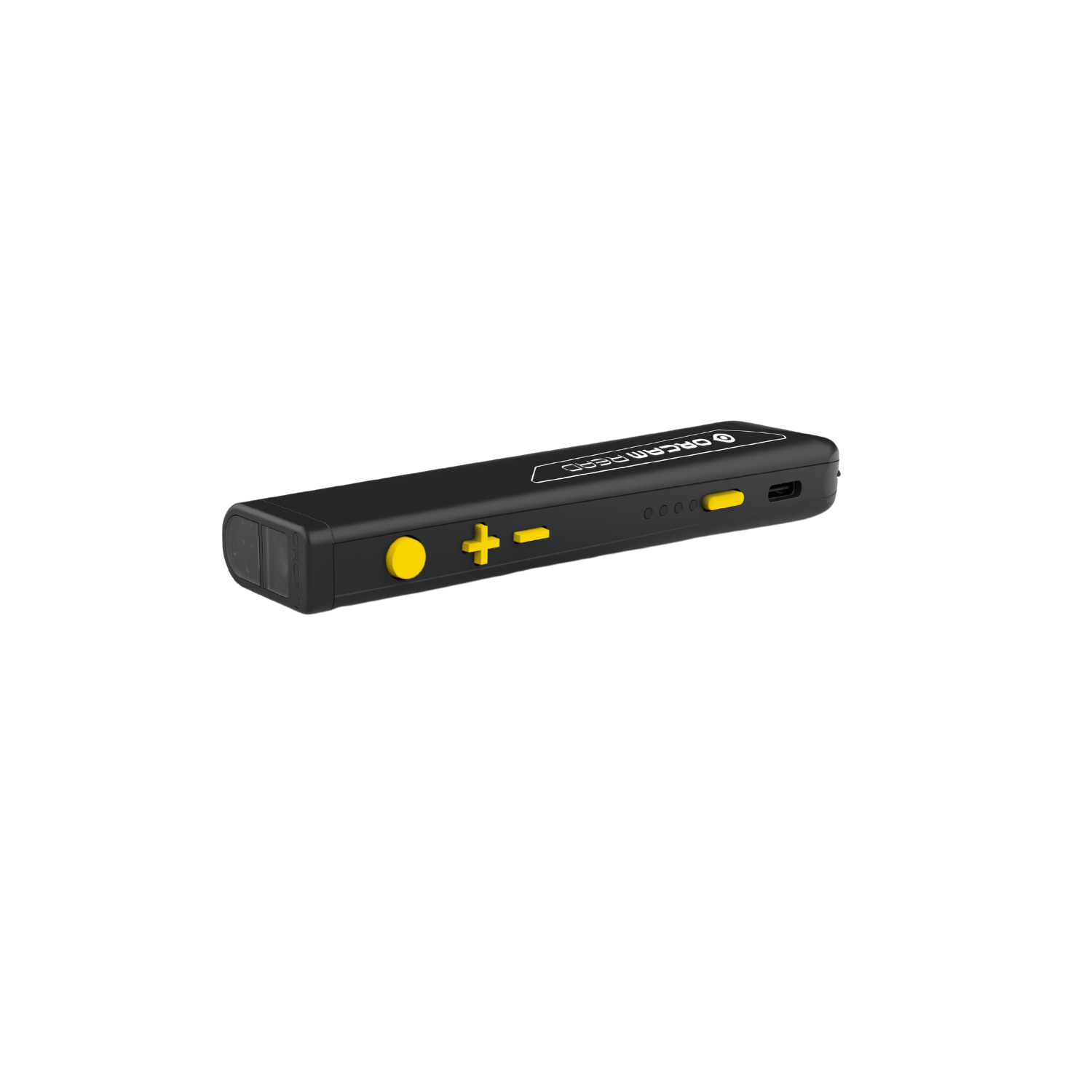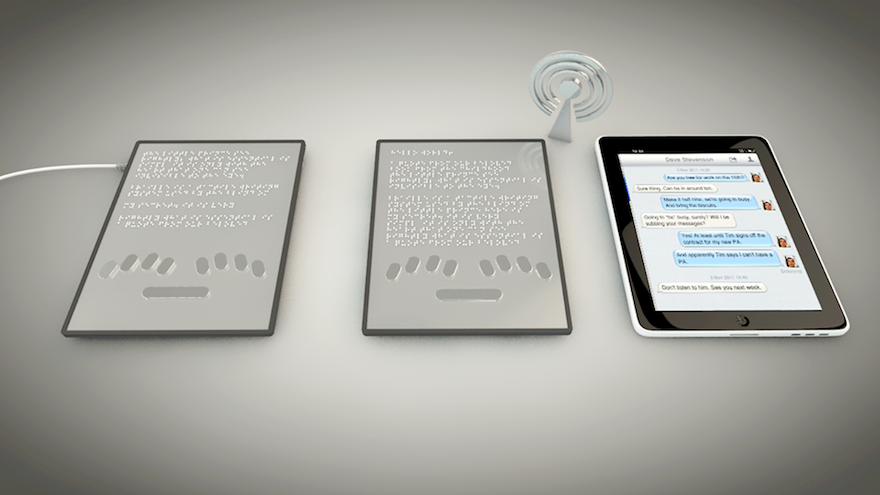Discover the Latest in Assistive Technology for the Blind
Empowering Independence With Assistive Innovation for the Blind
The assimilation of assistive technology into the lives of people with aesthetic problems represents a considerable improvement in advertising freedom and self-sufficiency. From cutting-edge screen readers to advanced wise walking canes, these devices not only enhance everyday navigating and communication yet also equip users to involve meaningfully in numerous facets of life. As we discover the myriad advantages and real-world applications of these modern technologies, it becomes important to check out the hidden variables that add to their performance and the possibility for future growths in this vital area.
Introduction of Assistive Modern Technology

The growth of assistive modern technology is based in principles of inclusivity and empowerment. Innovations in software, hardware, and sensory enhancements provide users with options customized to their details needs. From display readers that transform message to speech, to tactile devices that share details via touch, these devices transform the way individuals involve with their environments.
In enhancement to functional applications, assistive innovation promotes greater social inclusion and engagement in numerous markets, including education and learning and work (Braille displays and notetakers). As r & d remain to advance, the possibility for assistive innovation to further improve the lives of visually damaged individuals continues to be appealing, leading the way for a more fair society where every person can flourish
Kinds of Assistive Tools
A variety of assistive gadgets have arised to sustain individuals with aesthetic disabilities, each designed to satisfy specific requirements and improve daily performance. These gadgets range from low-tech options to modern innovations, supplying diverse alternatives for users.
Low-tech gadgets consist of magnifiers and large-print materials that aid in reading and writing. Braille tools, such as Braille slates and styluses, make it possible for tactile analysis and interaction. Positioning and mobility help, like white canes, assist customers navigate their atmosphere securely.
On the higher end of the spectrum, electronic magnifying systems and screen viewers offer significant assistance. Digital magnifiers permit users to enlarge text and pictures on screens, while display viewers convert electronic web content right into manufactured speech, helping with access to information on smart devices and computers.
Smartphone applications likewise play an essential function, supplying attributes like message acknowledgment and navigating assistance. Wearable technology, such as wise glasses furnished with increased fact, is becoming an encouraging device to enhance situational awareness.
Benefits of Assistive Innovation
The combination of assistive modern technology significantly enhances the lifestyle for people with aesthetic problems. These technologies encourage users by advertising freedom, allowing them to browse their settings better and carry out everyday tasks with greater simplicity. As an example, screen visitors and magnifying software program permit people to accessibility digital information, fostering professional and educational possibilities that might have previously been out of reach.
In addition, assistive gadgets such as smart walking canes and GPS applications give real-time navigating assistance, boosting wheelchair and safety. This raised autonomy not just improves self-confidence but additionally encourages social involvement, allowing customers to participate even more fully in their neighborhoods.
Assistive modern technology likewise facilitates communication, aiding users get in touch with others through voice acknowledgment and text-to-speech applications. This capability is crucial for maintaining connections and accessing vital information.
In addition, the customization choices readily available with numerous assistive modern technologies ensure that customers can customize devices to their certain needs, additionally enhancing functionality and performance. In general, the benefits of assistive modern technology for individuals with visual disabilities are extensive, promoting a much more comprehensive culture where everyone can seek their goals and objectives.
Study and Success Stories
Highlighting the transformative influence of assistive modern technology, numerous study highlight just how people with aesthetic problems have successfully incorporated these Voice-activated assistive devices tools right into their every day lives. One engaging example entails an university student that utilized display reading software to browse on-line resources and scholastic materials effectively. This modern technology not just facilitated her education and learning but additionally improved her self-confidence in taking part in discussions and team projects.
One more case research features a specialist who uses a mobile phone application made for navigation and things recognition. By utilizing this app, he has actually restored freedom in both his personal and workplace, allowing him to commute individually and engage with associates better.
Additionally, a retired person shared her experience with braille e-readers, which enabled her to access a huge array of literary works and remain connected with her neighborhood via book clubs.
These success tales highlight the crucial duty of assistive technology in promoting freedom, enhancing high quality of life, and advertising social integration for individuals with visual problems (Wearable technology for low vision). By welcoming these cutting-edge devices, customers can get rid of obstacles and confiscate chances that add to their specialist and individual gratification

Future Trends in Assistive Innovation
Technology in assistive technology is poised to redefine the landscape of support for individuals with aesthetic disabilities. Emerging trends stress the assimilation of expert system (AI) and machine discovering, which boost the performance of gadgets that aid with navigation and info ease of access. As an example, AI-driven applications are now with the ability of translating aesthetic information in real-time, enabling individuals to engage with their environment more individually.
Moreover, the advancement of wearable innovation is advancing rapidly. Smart glasses equipped with augmented fact (AR) can give audio summaries of surroundings, transforming how users connect with public rooms. These gadgets not only promote freedom however also foster social inclusion.
In Addition, the Web of Things (IoT) is making homes smarter, enabling smooth connection between assistive devices and daily devices. This connection encourages individuals by enabling automatic reactions and voice-activated controls tailored to private needs.
Verdict
To conclude, assistive technology plays a pivotal function in empowering people with visual problems by enhancing their freedom and interaction with their environments. The diverse range of applications and tools offered not just assists in navigation and interaction but additionally promotes social assimilation and opportunities for individual and professional growth. As innovations continue in this area, the potential for enhancing the lifestyle for those with visual disabilities will certainly expand, promoting greater autonomy and empowerment.
